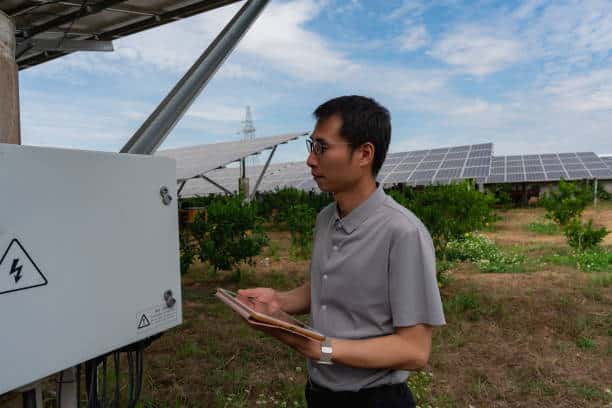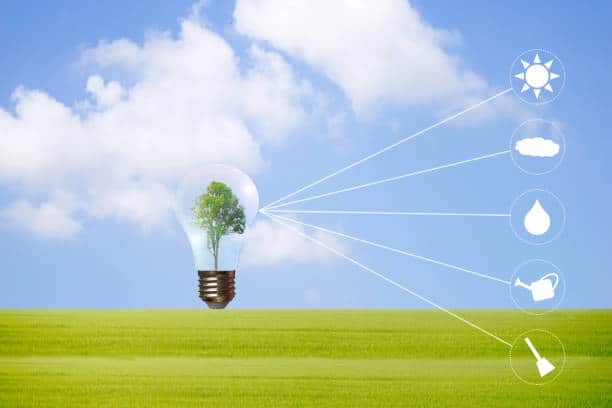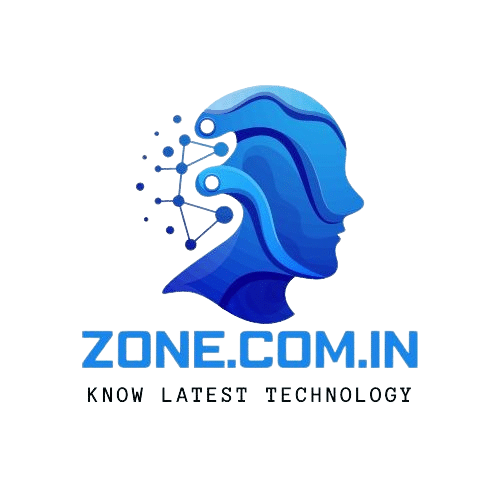In today’s increasingly digital world, information technology (IT) sits at the heart of our operations, from personal devices to global industries. While its convenience and efficiency are undeniable, the environmental impact of IT infrastructure and practices cannot be ignored. However, IT also presents a powerful solution: through Green IT initiatives, the very tools that contribute to environmental challenges can be harnessed to create a more sustainable future.
Greening the Data Center: The Engine Room of Sustainability

Data centers, the massive facilities housing IT equipment, are significant energy consumers. Green IT initiatives target these centers, focusing on reducing their environmental footprint. One approach is optimizing hardware utilization. By consolidating servers and virtualizing resources, data centers can minimize the number of physical machines in operation, lowering energy demands. Additionally, innovations in cooling technologies play a crucial role. Traditional air conditioning systems are energy-intensive. Green IT embraces alternative cooling methods, such as utilizing outside air whenever possible, or employing water-based cooling systems that are more efficient.
Renewable Energy: Powering the Digital Revolution Sustainably
The energy source powering IT infrastructure significantly impacts its environmental footprint. Green IT initiatives promote the transition from fossil fuels to renewable energy sources. Data centers can be designed to incorporate solar panels or wind turbines, generating clean energy on-site. Alternatively, they can purchase renewable energy from the grid, supporting the growth of clean energy infrastructure. By shifting to renewables, IT can significantly reduce greenhouse gas emissions and contribute to combating climate change.
The Hardware Conundrum: Extending Lifespan and Responsible Disposal
The manufacturing and disposal of IT hardware raise environmental concerns. Green IT initiatives address this by promoting responsible hardware management. Extending the lifespan of existing equipment through regular maintenance and upgrades reduces the need for frequent replacements. When equipment reaches its end-of-life, responsible disposal practices minimize its environmental impact. Green IT initiatives encourage recycling programs for e-waste, ensuring proper dismantling and recovery of valuable materials.
The Cloud Revolution: Efficiency and Sustainability in the Digital Age
Cloud computing offers a unique opportunity to enhance both IT efficiency and environmental sustainability. Cloud providers consolidate resources across a vast user base, leading to economies of scale. This translates to more efficient hardware utilization and reduced energy consumption compared to individual on-premise IT infrastructure. Additionally, cloud providers are increasingly adopting renewable energy sources to power their data centers, further contributing to a greener digital landscape.
Software Optimization: Doing More with Less

Software applications can also be optimized for sustainability. Green IT initiatives promote the development and adoption of energy-efficient software. This can involve streamlining code to reduce processing power needed, minimizing unnecessary background processes, and employing features like automatic power management for devices. By optimizing software, Green IT reduces the overall energy consumption associated with IT operations.
The Power of Information: Monitoring and Managing for Sustainability
Effectively managing IT infrastructure requires a clear understanding of its environmental impact. Green IT initiatives emphasize the importance of deploying monitoring tools to track energy consumption, resource utilization, and carbon footprint. This data allows for data-driven decision making, enabling IT professionals to identify areas for improvement and implement targeted optimization strategies.
Building a Sustainable IT Culture: Awareness and Engagement
The success of Green IT initiatives hinges not only on technological solutions but also on fostering a culture of environmental awareness within IT departments and organizations as a whole. Green IT promotes educational programs to sensitize employees to the environmental impact of IT practices and empower them to make sustainable choices This can include encouraging energy-saving behaviors like power down procedures for unused devices and promoting responsible recycling practices for consumables.
Green IT: A Collaborative Effort for a Sustainable Future
Green IT initiatives are not the sole responsibility of IT departments. Achieving true environmental sustainability requires collaboration across the organization. Upper management needs to provide clear support and allocate resources for Green IT projects. Procurement teams can prioritize energy-efficient hardware and encourage responsible e-waste disposal practices. By working together, organizations can leverage the power of IT to build a more sustainable future.
The Evolving Landscape of Green IT: Emerging Trends and Challenges

Green IT is a constantly evolving field, with new technologies and strategies emerging to further optimize the environmental impact of IT. One exciting area of focus is Artificial Intelligence (AI) and machine learning. These technologies can be employed to analyze data from IT infrastructure and identify opportunities for further optimization. For instance, AI can predict cooling needs within data centers and adjust systems accordingly, minimizing energy waste.
Another emerging trend is the focus on the embodied carbon footprint of IT. This considers the environmental impact associated with the entire lifecycle of IT equipment, from material extraction and manufacturing to transportation, use, and disposal. Green IT initiatives are exploring ways to reduce the embodied carbon footprint by promoting the use of recycled materials in hardware production and extending the lifespan of existing equipment.
However, Green IT also faces challenges. The ever-increasing demand for data storage and processing power puts pressure on efforts to improve energy efficiency. Additionally, the rapid pace of technological advancement can lead to a constant cycle of hardware replacement, negating the environmental benefits of extending lifespan.
The Green IT Business Case: Beyond Environmental Benefits
While environmental sustainability is a core objective of Green IT, there are compelling business benefits to consider as well. Green IT initiatives can lead to significant cost savings through reduced energy consumption and lower e-waste disposal fees. Additionally, adopting sustainable practices can enhance an organization’s brand image and attract environmentally conscious consumers and investors.
Looking Ahead: A Brighter, Greener Digital Future
The future of Green IT is promising. As technology continues to evolve, we can expect even more innovative solutions to emerge, further reducing the environmental impact of the digital world. By embracing Green IT initiatives, organizations can not only contribute to a sustainable future but also gain a competitive edge through improved efficiency and cost savings. Ultimately, a greener IT landscape paves the way for a future where technology empowers us to build a more sustainable and prosperous world for generations to come.
Conclusion: A Sustainable Digital Future Awaits
IT has the potential to be both a driver and a solution for environmental challenges. By embracing Green IT initiatives, organizations can minimize the environmental footprint of IT infrastructure, promote energy efficiency, and contribute to a more sustainable future. The journey towards a greener digital world requires continuous innovation, collaboration, and a commitment to responsible practices. As we harness the power of IT, let us ensure that it paves the way for a future where technology and environmental well-being can coexist in harmony.

